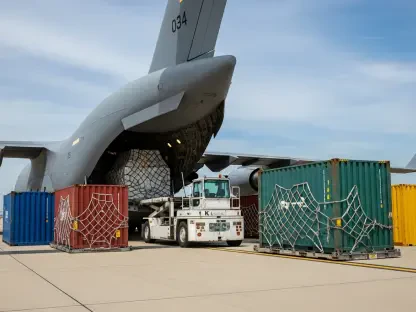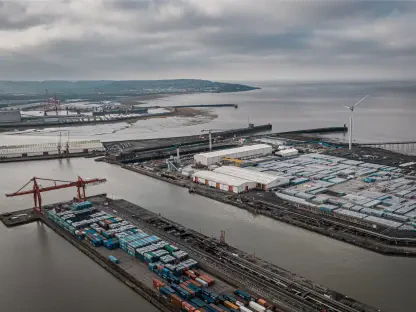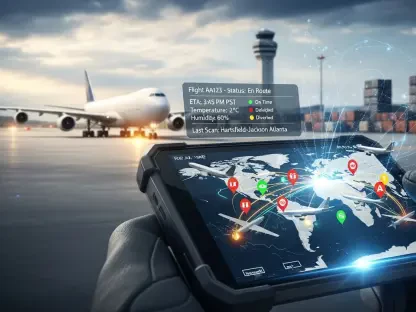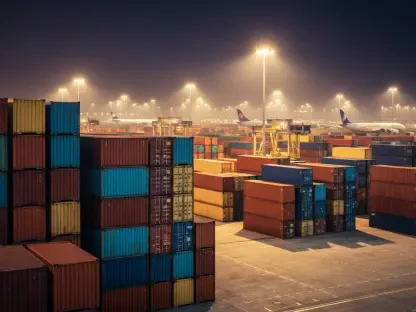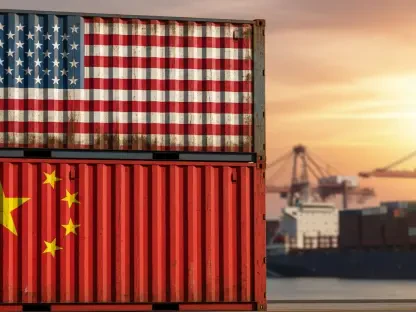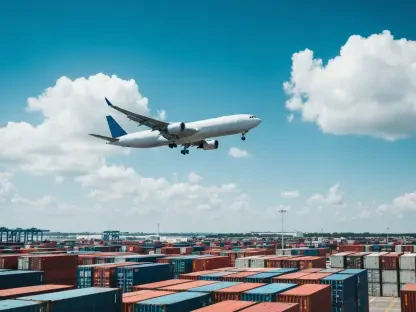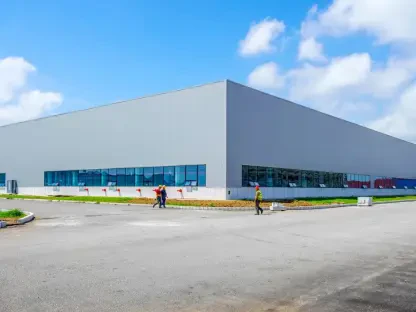The transportation sector is experiencing a revolution with the integration of robotics. These devices are enhancing operational capabilities, leading to greater efficiency, minimized delays, and safer workplaces. While robots have been part of the sector for some time, their functionalities have surged with recent advancements in AI, machine learning, and sensors.Robots are increasingly handling monotonous and strenuous tasks, which allows human employees to concentrate on more strategic and supervisory roles. This shift is not only boosting productivity but is also cutting down on human errors.As robotics technology continues to evolve, its potential in reshaping the transport and logistics landscape is immense. It’s paving the way for streamlined operations, where the synergy between human and machine labor is driving the sector towards unprecedented levels of efficiency and safety. This transformation is setting a new standard in the industry, establishing a more responsive and reliable transport ecosystem.
Efficiency and Precision in Logistics
Improvements in speed, accuracy, and reliability are vital in the highly competitive transport sector, and robotics are stepping up to the challenge. Equipped with cutting-edge navigation systems and capable of operating around the clock, robots are redefining efficiency within warehouses and distribution centers. They automate the handling and sorting of goods, ensuring that products flow smoothly from supplier to consumer.In particular, robots excel in environments that demand precision and speed. Their ability to sort and transport goods at a breakneck pace not only accelerates processing times but also minimizes the risk of damages during handling. Advanced algorithms and sensors allow them to navigate complex layouts, while automated guided vehicles (AGVs) seamlessly integrate into existing warehouse management systems.
Safety and Sustainability
Robots also play a key role in enhancing safety within the transport sector. They are well-suited for jobs considered too dangerous, dirty, or dull for humans, mitigating occupational hazards, and reducing the potential for accidents. The automation of such tasks limits human exposure to high-risk environments, fulfilling a critical need in maintaining workforce health and well-being.The push towards sustainability benefits from robotic intervention as well. Greater accuracy in handling resources and optimizing routes leads to reduced waste and energy consumption. Electrically powered robots further contribute to lowering the carbon footprint of logistics operations. As businesses strive to meet stringent environmental standards, robotics offer a path to more sustainable practices without compromising efficiency or productivity.



